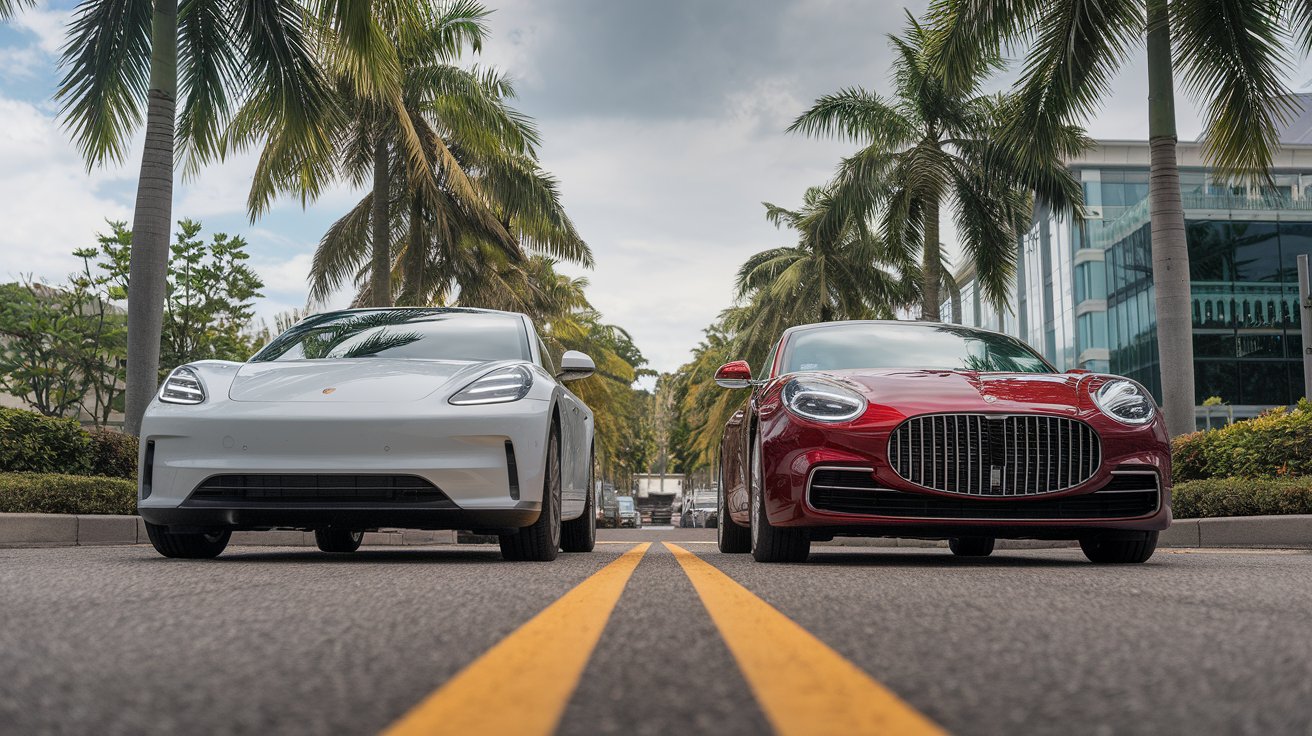Introduction
The automotive industry is undergoing a major transformation, with electric vehicles (EVs) emerging as a strong alternative to traditional internal combustion engine (ICE) cars. While traditional petrol and diesel vehicles have dominated the roads for over a century, EVs are gaining popularity due to their environmental benefits and technological advancements.
But which one is truly better? In this article, we’ll compare electric and traditional cars based on performance, cost, environmental impact, and convenience to help you decide.
1. Performance Comparison
Electric Vehicles (EVs):
- Acceleration: EVs deliver instant torque, resulting in faster acceleration. Many EVs outperform traditional sports cars in 0-60 mph times.
- Smooth & Quiet Ride: EVs operate silently with fewer moving parts, reducing vibrations.
- Energy Efficiency: EVs convert about 85-90% of battery energy into motion, while ICE cars only convert about 30-40% of fuel energy into usable power.
Traditional Cars:
- Higher Top Speed: Some high-performance petrol cars still have higher top speeds than EVs.
- Engine Sound & Driving Feel: Many car enthusiasts prefer the sound and feel of an ICE engine.
- Long-Distance Driving: Petrol and diesel engines are more suited for long highway trips without refueling concerns.
2. Cost & Maintenance
Electric Vehicles (EVs):
- Higher Upfront Cost: EVs are generally more expensive due to battery costs, but government incentives can reduce the price.
- Lower Running Costs: Electricity is cheaper than fuel, and EVs require less maintenance since they have fewer moving parts (no oil changes, fewer brake replacements, etc.).
- Battery Replacement: EV batteries can degrade over time, but most last 8-15 years before needing a replacement.
Traditional Cars:
- Lower Initial Cost: ICE vehicles are usually cheaper upfront than EVs.
- Higher Fuel Costs: Petrol and diesel prices fluctuate and tend to be higher than electricity costs.
- More Maintenance Required: ICE cars need regular oil changes, transmission services, and engine maintenance, increasing long-term costs.
3. Environmental Impact
Electric Vehicles (EVs):
- Zero Emissions: EVs produce no tailpipe emissions, reducing air pollution.
- Renewable Energy Potential: EVs can be powered by renewable sources like solar and wind energy.
- Battery Production Concerns: EV batteries require mining of lithium, cobalt, and nickel, which has environmental and ethical concerns.
Traditional Cars:
- Higher Carbon Emissions: ICE vehicles release CO₂, contributing to global warming.
- Pollution from Oil Extraction: Fuel production (drilling, refining, and transportation) causes environmental damage.
- Recycling Issues: Some ICE components are harder to recycle compared to EV batteries, which can be repurposed for energy storage.
4. Convenience & Infrastructure
Electric Vehicles (EVs):
- Charging Time: EVs take 30 minutes to several hours to charge, depending on the charger type.
- Charging Stations: Charging infrastructure is still growing but improving.
- Home Charging: Owners can charge at home, eliminating gas station visits.
Traditional Cars:
- Quick Refueling: A petrol or diesel car can refuel in a few minutes at any gas station.
- Global Fuel Availability: ICE cars can be used anywhere, while EV charging networks are still expanding.
Conclusion: Which is Better?
The answer depends on your needs.
- Choose an EV if you want lower running costs, eco-friendliness, and cutting-edge technology. EVs are great for city driving and daily commutes.
- Choose a traditional car if you need long-range capability, quick refueling, and a lower upfront cost. ICE cars are still preferable for road trips and areas with limited charging infrastructure.
As technology advances, EVs are becoming more practical, and their charging networks are expanding. While ICE cars remain relevant, the future is shifting towards electric mobility.
